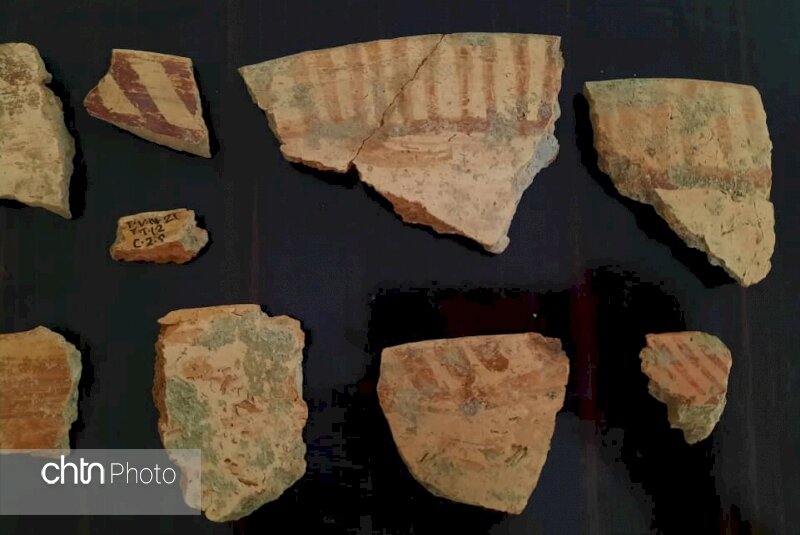Traces of Neolithic settlements discovered in northern Iran

TEHRAN –A team of Iranian archaeologists has found traces of one of the first Neolithic rural settlements in Tepe Veliki in Neka county, northern Mazandaran province, the provincial tourism chief has said.
During a demarcation project being performed on the ancient hill, excavations revealed the ancient settlement that is estimated to date back 9,000 years, Seifollah Farzaneh announced on Thursday.
The demarcation project, which is still underway, aims at preserving and protecting the hill, the official explained.
Some of the discovered objects and potteries date from the Islamic to Stone Age eras, but the main ones are associated with settlements dating from the Neolithic period, he added.
There are ladder and checkered patterns on the glaze and on the edge of the pottery in shades of red to brown, which also could be seen on the discoveries from Huto Cave and Touq Tepe, he mentioned.
Last November, vestiges of handmade tools, dating back to the Paleolithic era, also called the Old Stone Age, were discovered in the historical site of Takht-e Rostam in Neka county.
The official believes the site, which is adjacent to the Caspian Sea, was home to a two-million-old workshop for the production of stone tools and artifacts.
Based on archaeological studies on the geological sediments of the area, its deposits date back two million years, and as a cultural heritage site is of great value.
Last August, historical vestiges dating back to various eras of history including the Iron Age, Bronze Age, Copper Age, and Neolithic era, were discovered in another stratigraphy study conducted in Neka’s Touq Tepe.
According to experts, the discovery of more than one meter of Neolithic-era layers in that excavation was a very important event in shedding new light on the history of the region in the Neolithic period.
Such finding is said to have been made for the first time in the plains of eastern Mazandaran in general and in the plain of Neka in particular.
Soaked in a vibrant history, Mazandaran (also known as Tabarestan) was a cradle of civilization since the beginning of the first millennium BC. According to Britannica Encyclopedia, it was almost overrun in about 720 CE by the Arab raiders.
Its insecure eastern and southeastern borders were crossed by Mongol invaders in the 13th and 14th centuries. Cossacks attacked the region in 1668 but were repulsed. It was ceded to the Russian Empire by a treaty in 1723, but the Russians were never secure in their occupation. The area was restored to Iran under the Qajar dynasty. The northern section of the region consists of a lowland alongside the Caspian and an upland along the northern slopes of the Alborz Mountains.
Neolithic, also called the New Stone Age, is the final stage of cultural evolution or technological development among prehistoric humans. It was characterized by stone tools shaped by polishing or grinding, dependence on domesticated plants or animals, settlement in permanent villages, and the appearance of such crafts as pottery and weaving. The Neolithic followed the Paleolithic Period, or the age of chipped-stone tools, and preceded the Bronze Age, or early period of metal tools.
ABU/AFM
Leave a Comment